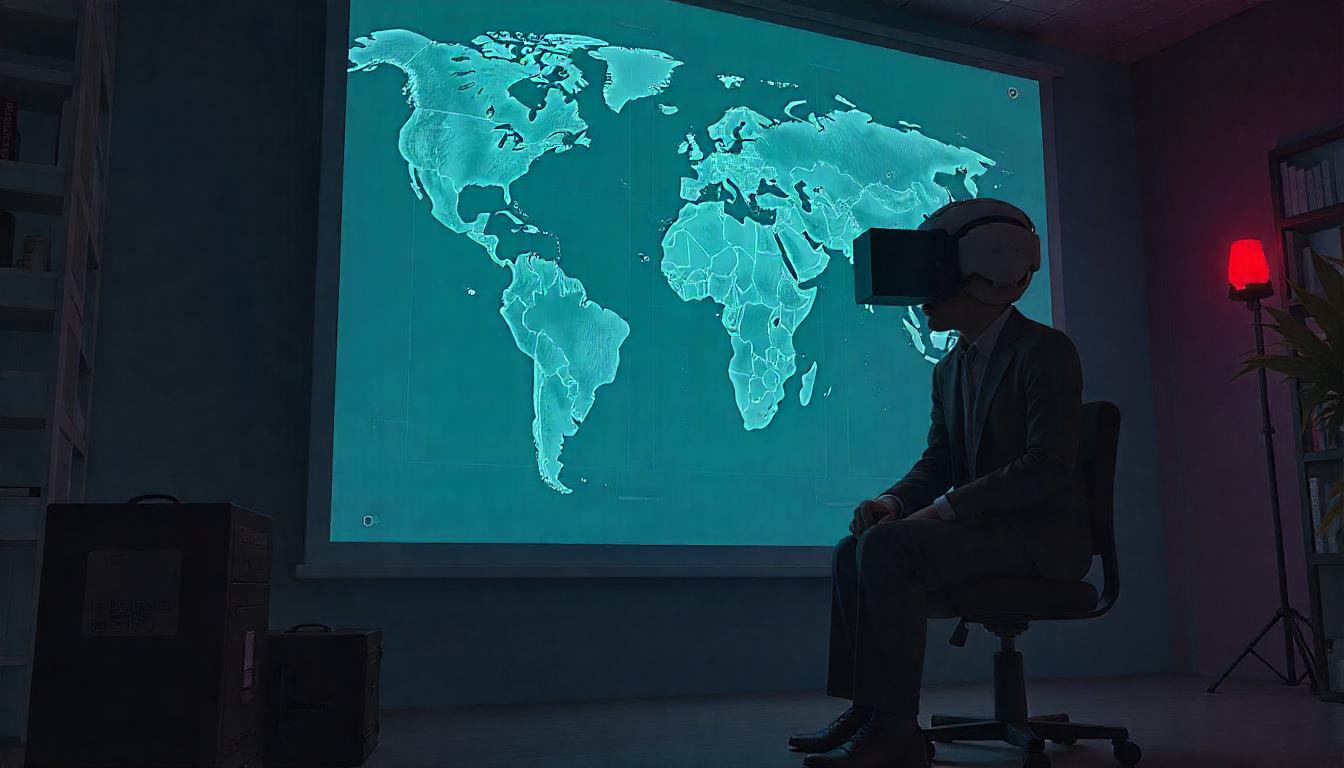In a world where digital spaces have become the new frontier for human connection and escape, there lies a terrifying fragility behind the glowing screens. Virtual worlds, once hailed as the ultimate evolution of gaming, social interaction, and even reality itself, are now facing a reality where their very existence is in question. Servers shut down, games collapse, and entire online communities face the unfathomable: the end of their digital sanctuary. A world once alive with avatars, battles, and stories can fade into the void, leaving its inhabitants stranded in a space where the very essence of their existence is erased with a simple command.
Consider SeveredBytes, a once-vibrant online game that spanned continents, connecting millions in its sprawling, ever-changing universe. For years, it was a paradise for digital wanderers: immersive landscapes, complex narratives, and a living economy that thrived on player-driven actions. It was not just a game—it was a life, a second home where people formed friendships, rivalries, and even families. Its players were no longer just users; they were part of a living, breathing ecosystem, forging identities, constructing empires, and even making critical decisions that affected the entire world in which they lived. But when the news of its impending shutdown broke, a wave of panic and grief spread across the SeveredBytes community like a dark cloud.
What happens when a digital world goes dark? When a place that once felt like home fades into the ether, never to be returned to? This is the dystopian reality that so many digital citizens are beginning to face.
The fragility of these spaces is a profound and unsettling truth that few anticipate until they are forced to confront it. Virtual worlds, by their very nature, exist only in the confines of servers, which themselves rely on a web of infrastructure that can collapse at any time—be it through corporate decisions, technical failure, or simply the ebb and flow of player interest. We have seen the gradual disappearance of beloved online games in the past, but nothing quite like the digital exodus that SeveredBytes left in its wake.
For the players who invested years, or even decades, into this virtual haven, the shutdown wasn’t just an inconvenience. It was the loss of an entire life. In SeveredBytes, characters were more than just avatars. They were extensions of the players themselves—living, breathing entities that carried pieces of their creators’ personalities, dreams, and hopes. And now, with the shutdown, these avatars—like the players themselves—were rendered meaningless. Stripped of their purpose, their reason for existence, they were left to wander a ghost world, frozen in time. No longer a vessel for expression, they were now just files on a server awaiting deletion.
The psychological impact of such a loss cannot be overstated. A digital identity, built over years of gameplay, grinding, and social interaction, is not something that can be discarded lightly. For many, SeveredBytes wasn’t just an escape from the monotony of the real world; it was a place to belong. It was a sanctuary from the chaos of reality, where players could forge new identities, meet like-minded individuals, and explore new worlds on their terms. When that space disappears—without warning or reason—it leaves a void. And that void, for some, becomes a chasm.
In the days following the SeveredBytes shutdown, players took to social media, forums, and other digital spaces to express their sorrow, frustration, and grief. It was as if a cultural monument had been toppled, leaving behind nothing but the remnants of a past that could no longer be accessed. Players lamented the loss of their friends, their guilds, and the shared stories they had created together. Some even spoke of the loneliness they felt, as though the digital community they once relied on for comfort and companionship had been ripped away in an instant. These weren’t just digital lives at stake—they were emotional investments, years of memories that had no physical form but were just as real as anything in the tangible world.
And then there were the stories of those who tried to rebuild, only to find that the fractured remnants of SeveredBytes could never be put back together. In an age where everything is supposed to be permanent—stored in the cloud, backed up, immortalized—losing an online world feels like a betrayal. Even worse, the fear of similar shutdowns looms over every new digital world. Once a player experiences the abrupt end of a game or a server, the joy of investing in a new virtual world becomes tainted by a lingering sense of uncertainty. How long will this one last? Is this new space any different from the one that came before it? Will we all face another digital exodus, leaving our virtual identities behind?
The collapse of SeveredBytes is a stark reminder of how fragile our connection to digital worlds can be. We’ve come to rely on these spaces for a sense of belonging, purpose, and adventure—but in the end, they are merely illusions, propped up by servers that can vanish in the blink of an eye. In a world where so much of our lives now takes place online, the psychological toll of such losses is becoming harder to ignore. As technology advances, we have to confront the fact that these worlds—these digital utopias—are just as vulnerable as the real world they are meant to replace.
The closing of SeveredBytes marks a grim milestone in the evolution of gaming and online communities. It’s no longer just about the next big release or the latest virtual space; it’s about understanding the transient nature of these spaces and acknowledging the emotional impact their loss can have. We have built our lives in these worlds, but the question remains: when the lights go out and the servers go dark, what happens to us? And more importantly, what happens to those digital identities we’ve worked so hard to create?
4o mini


